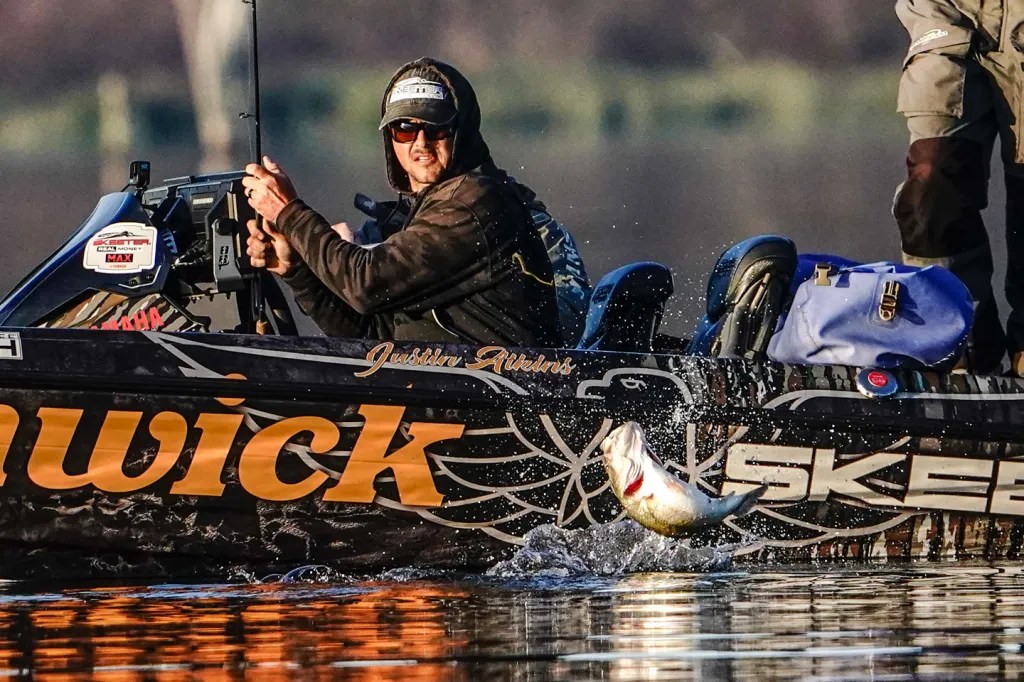
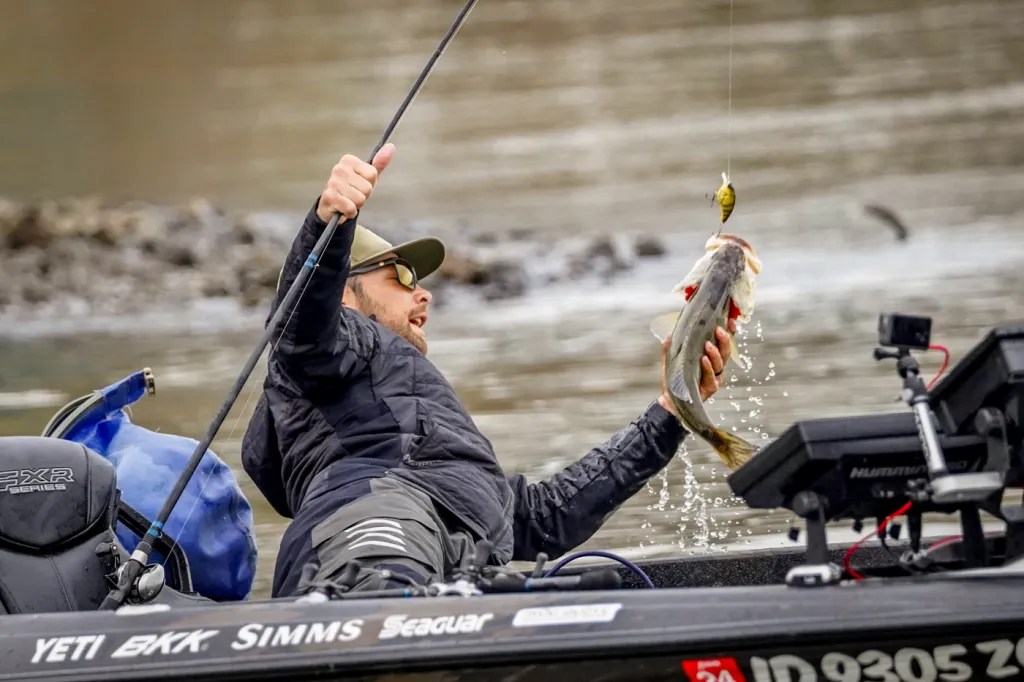

It may be hard to believe, but in 2006 there were only a couple of companies selling tungsten bass weights, and they were generally just in bullet weight form.



During the era when The Bassmasters aired on The Nashville Network (TNN), we waited a month to see footage of a limited number of pros.


Although shallow water anchors predated the dawn of the Elite Series, the tour’s start was an inflection point, when the technology went from primarily being the province of bed-fishing pros to being commonplace on nearly every bass boat.


Love it or hate it, by 2023 not only did forward-facing sonar — often with multiple transducers — become a key to a majority of Elite victories, but even the weekend angler had adopted its use.
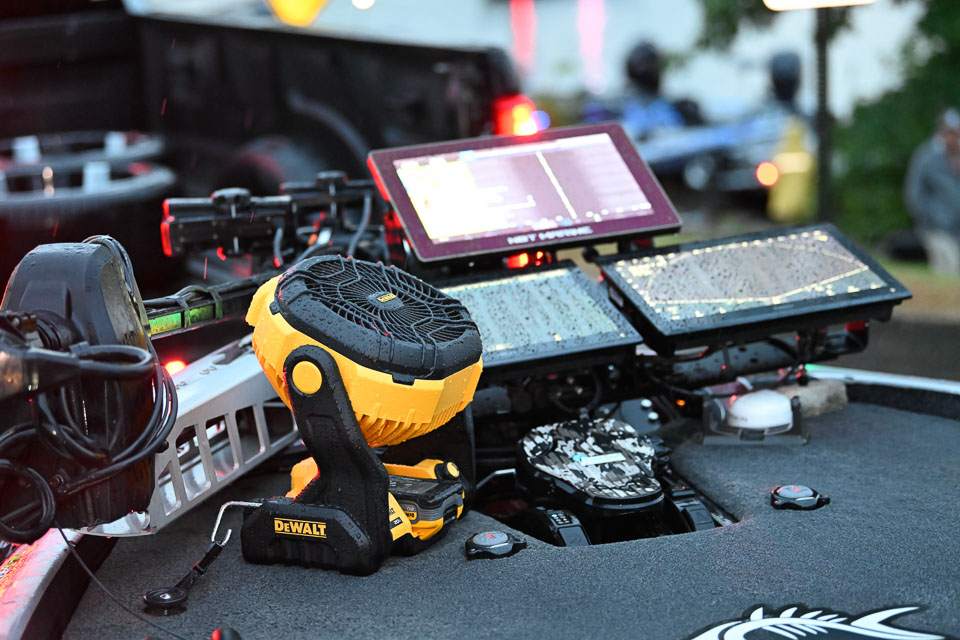

There was a time when a 7:1 baitcasting reel was considered so lightning fast as to be unfathomable, but most manufacturers now consider that a mid-speed offering – with 8:1, 9:1 and even 10:1 models that don’t sacrifice anything in the way of power or torque. They’re best for techniques where the rod does most of the lure manipulation, allowing for quick retrieves once the lure is out of the strike zone, maximizing the number of casts you can make.

By the time the Elites started in 2006, braided line was pretty standard, but there were still lots of top-flight anglers making extensive use of monofilament and copolymer. That’s pretty much been ended by the widespread adoption of fluorocarbon. In turn, that has resulted in manufacturers releasing a wide range of such lines, including premium versions, some that are particularly abrasion resistant, and others made expressly as leader material for finesse applications.

With the rise of GPS technology, larger electronics screens and better understanding of offshore fishing, hyper-precise mapping has become increasingly critical.


Wet cell and AGM batteries long crowded anglers’ bilge compartments, but they were extremely heavy, and increasing power needs due to shallow water anchors, electronics and other accessories strained them. Quality lithium batteries not only weighed less, making installation easier and boat performance better, but also had greater staying power, preventing unfortunate disasters that often happened at the worst possible times.

With thousands of dollars on the line, it paid to be able to cull the smallest fish quickly, and scales that weighed to a hundredth of an ounce made the process effortless and foolproof.

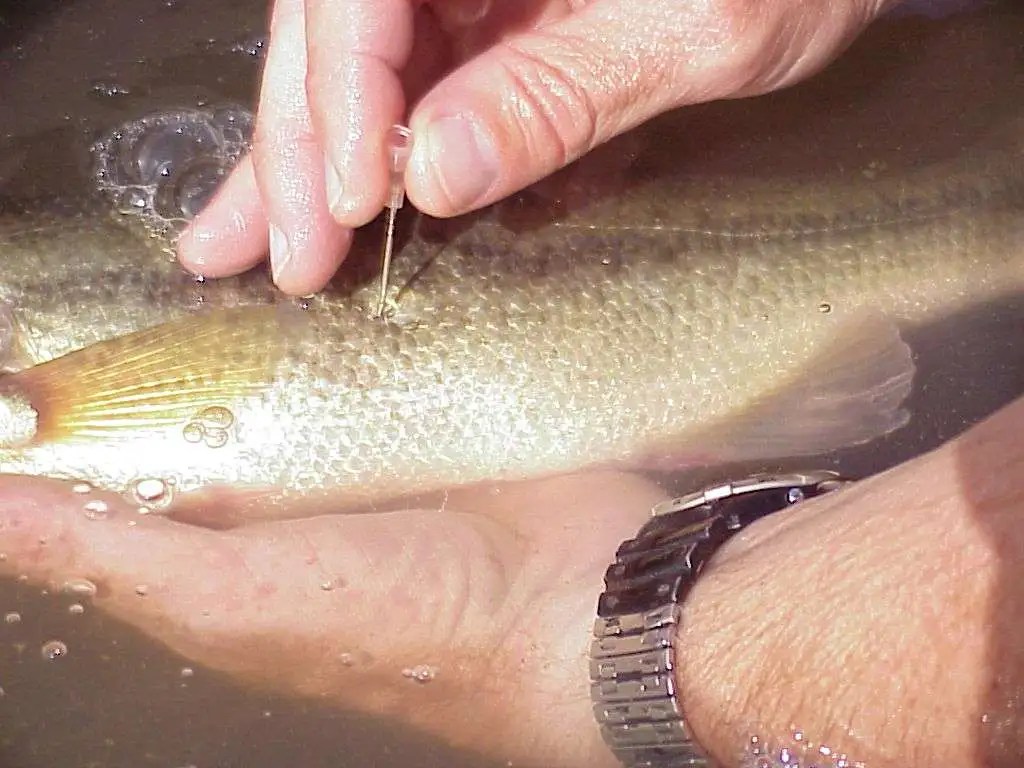
As anglers became more adept at catching fish from deeper and deeper environments, they had to avoid losing them to “the bends” (aka barotrauma). They worked diligently to protect them, learning techniques to depressurize and thereby save their quarry – and now there are kits that make the job easier.
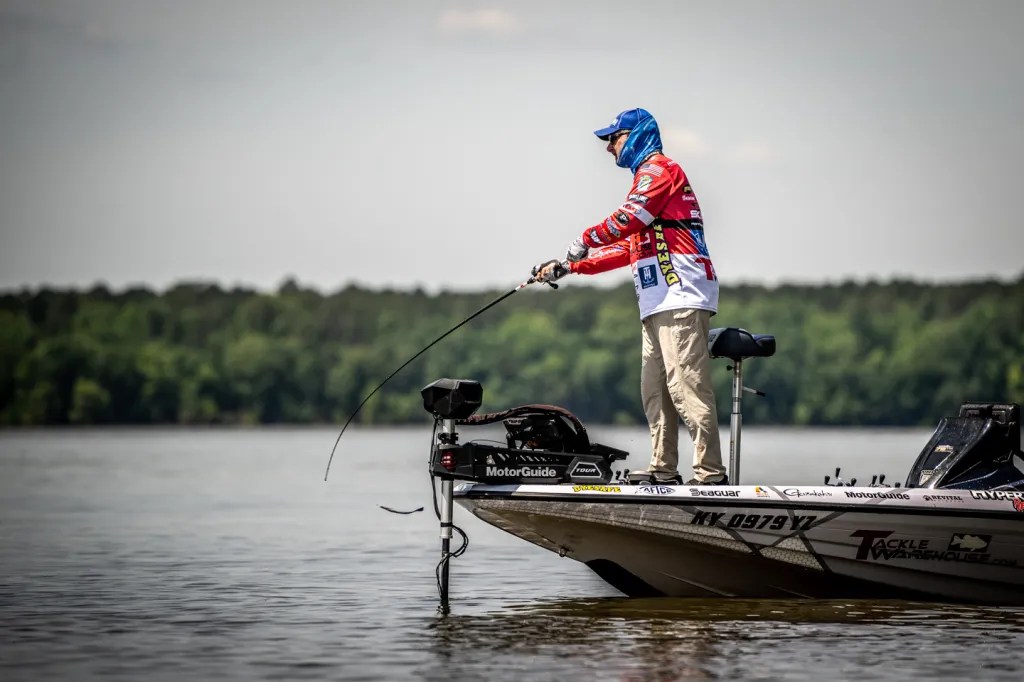
In the old days, a “raccoon eyes tan” was the sign of an avid angler. As skin cancer became more of a concern, anglers including Mark Menendez, Shaw Grigsby and Aaron Martens made sun prevention cooler.
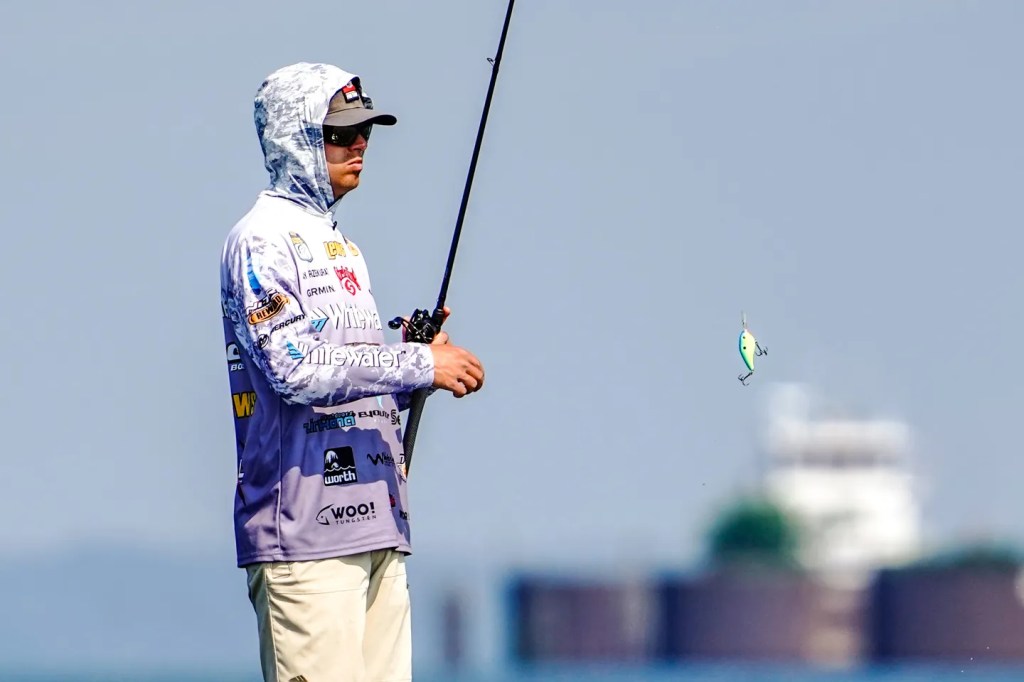
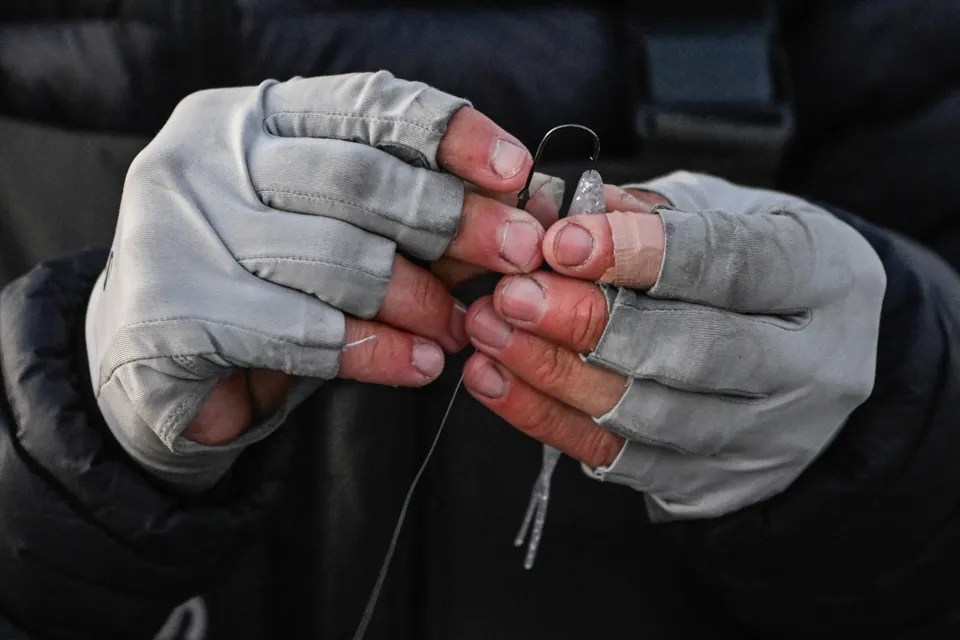

Finding “the juice” using advanced mapping is one thing, but staying there is quite another.


While there will never be any substitute for time on the water, today’s tournament anglers can get a sense of a waterway from thousands of miles away, without leaving their house. Google Earth shows historical images, often at different water levels, that allow anglers to map out a game plan before they’ve even seen a fishery.

The Elite Series field over the years includes numerous Japanese anglers, including several tournament winners, but today all of the field has access to gear from across the ocean.

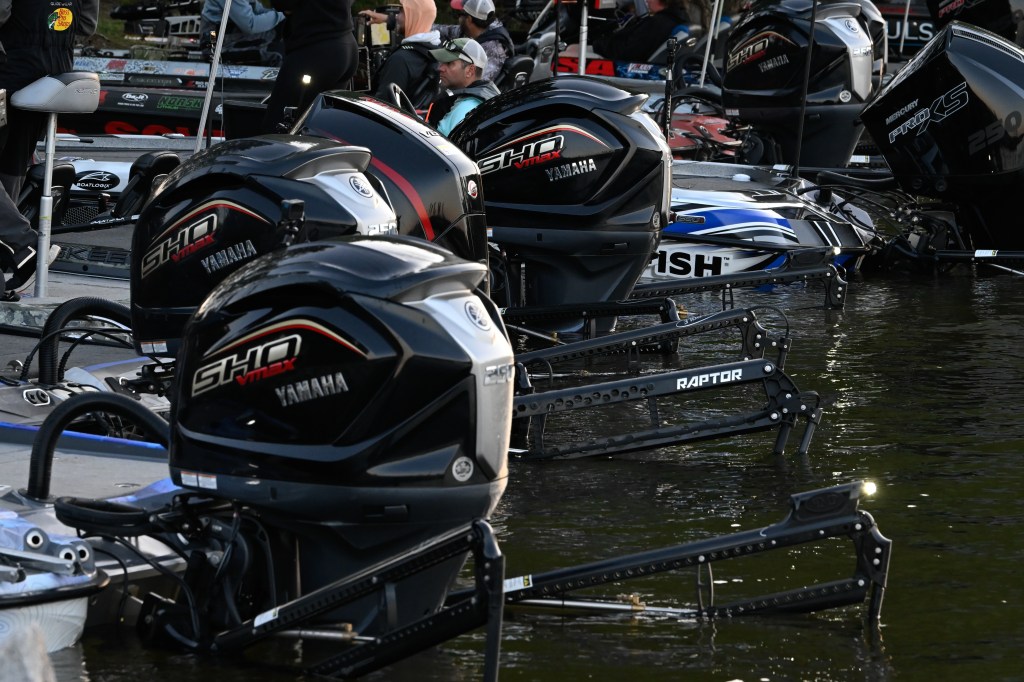
Two-stroke outboard motors dominated the market for decades, and their simplicity was a benefit. More environmentally friendly engines gradually took over, and now they’re the across-the-board favorites of the bass pros.


Randy Dearman popularized braided line in the mid 1990s with a B.A.S.S. win at Sam Rayburn Reservoir, but the line’s floating characteristics didn’t necessarily lend itself to finesse spinning tackle. It created unnatural action, deterring finicky fish. Eventually, though, sinking braids were introduced, with all of the strength and low-stretch characteristics of their predecessors, but without being such a drag. Pictured is Matty Wong, his reels spooled with Sunline Almighty.
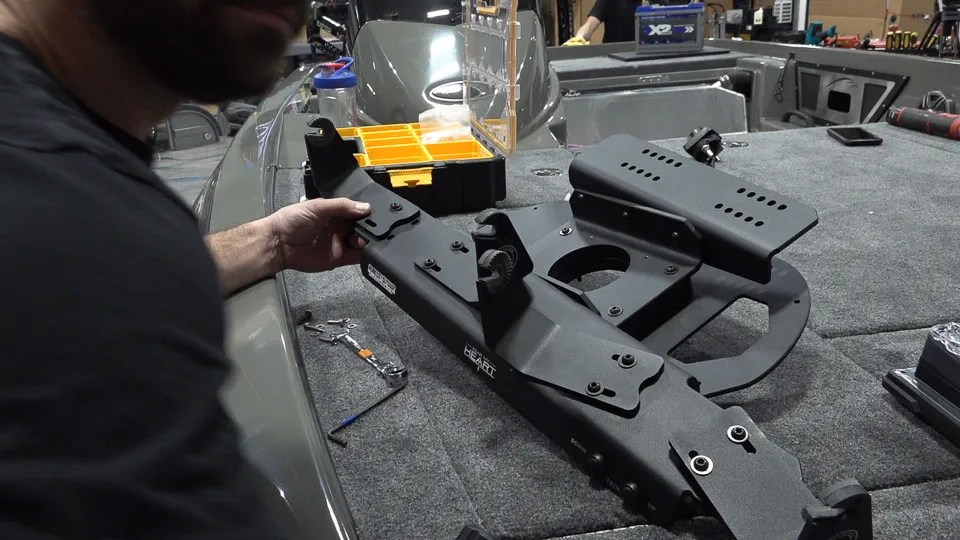
As anglers started putting three, four or even more large screens on bass boats to maximize their underwater eyes, it became critical to reinforce their position – both to avoid stress on the boat and to avoid losing the expensive electronics.

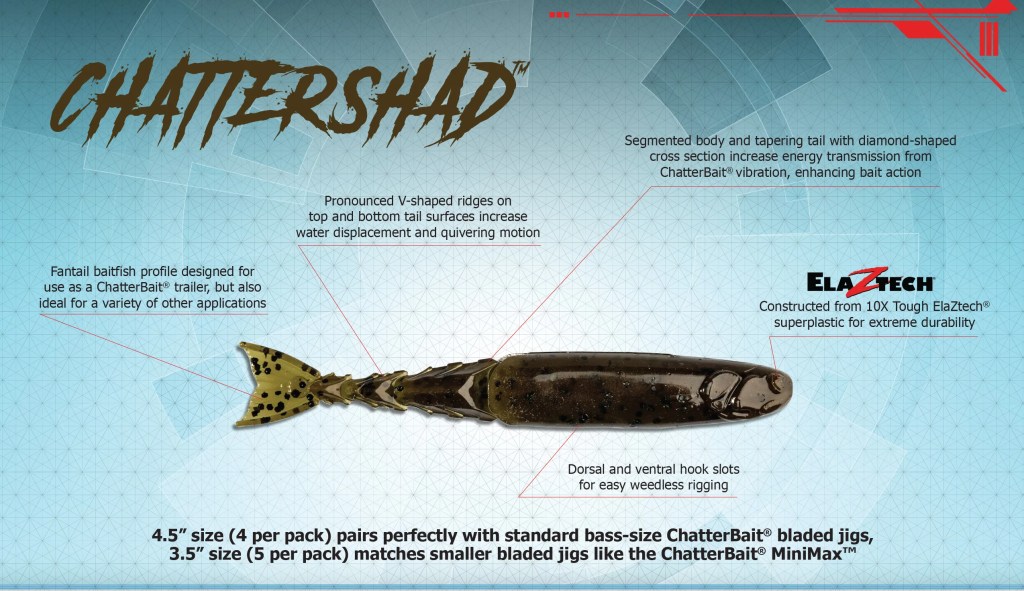
Soft plastics derive much of their action from their softness, but that often comes at a price – limited durability, which becomes costly and time consuming. But some manufacturers — including breakthrough ElaZtech by Z-Man — found ways to integrate the revolutionary product into their soft plastics lineup.

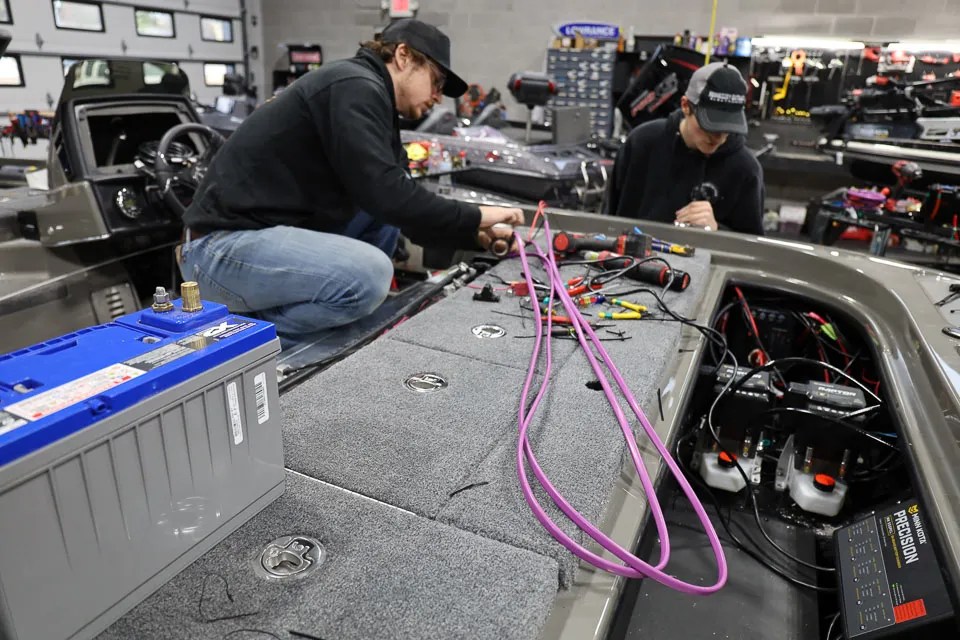
All of the powerful electronics screens in the world, combined with all of the hyper-efficient lithium batteries available, don’t matter at all if they can’t deliver clean power to your accessories.
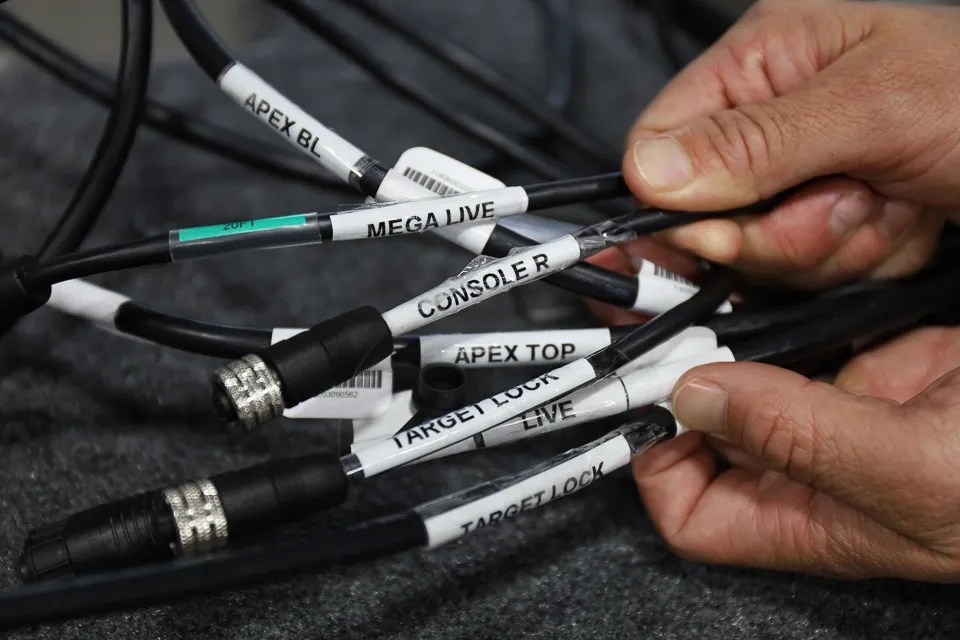
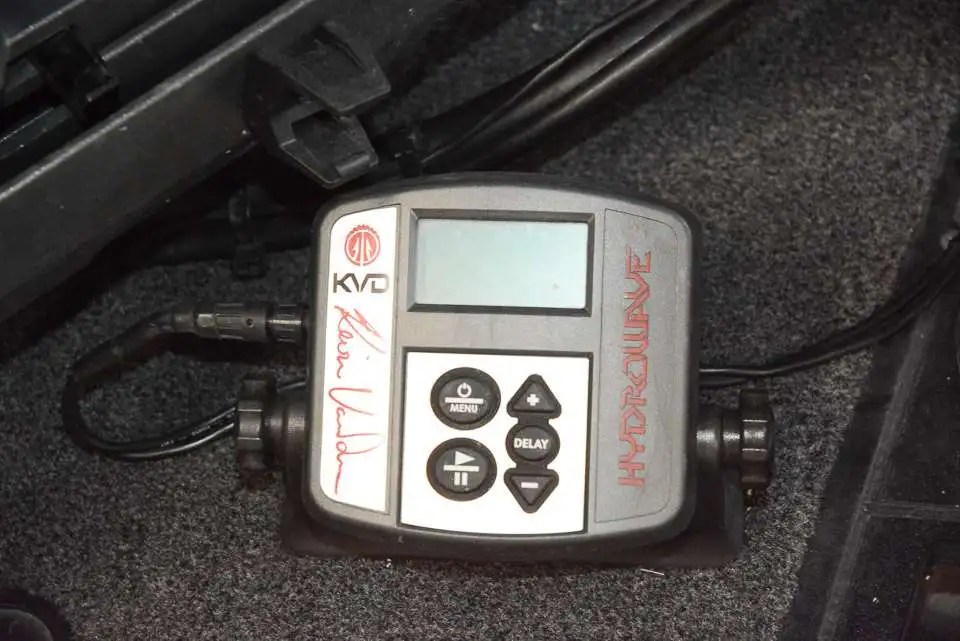
Formerly known as Biosonix, the HydroWave helped anglers use all five senses of the bass to their advantage, simulating the sounds of various prey species and fish feeding. It thereby provided an extra edge, particularly around pressured fish. At one point the company was partially owned by Elites Kevin VanDam and Jeff Kriet. Even for anglers who didn’t believe in its effectiveness, it forced them to consider the role of sound as not just a deterrent to feeding, but also as a means of generating more bites.





